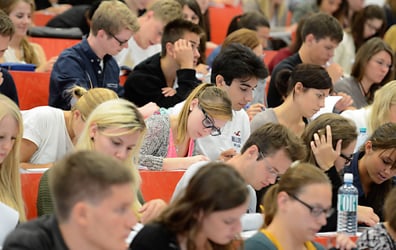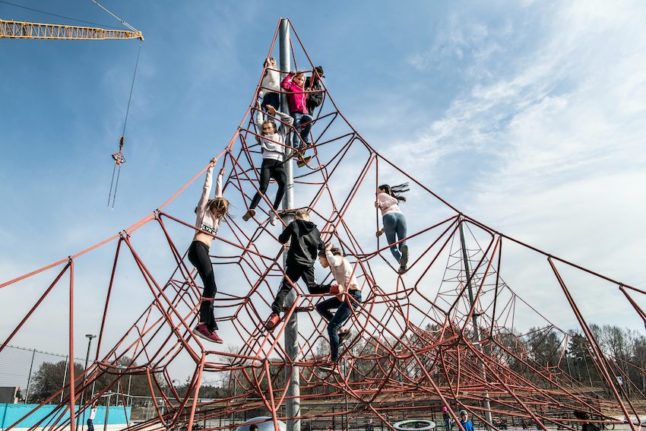Instead of seven there were only six Austrian universities listed among the 500 best universities.
The highest ranking was achieved by the University of Vienna at number 151, leaving its rating unchanged from 2013. Judged on individual subjects, the University of Vienna improved its ranking for mathematics, coming 36th out of 200 universities.
However, the rankings are sharply criticized, especially in Europe, where experts believe the criteria are biased against European universities.
The Shanghai rankings are compiled on the basis of six measures: the number of alumni and staff winning Nobel prizes and Fields Medals; the number of highly cited researchers; the number of articles published in Nature and Science; the number of articles indexed in the Thomson Reuters Science Citation Index Expanded and the Social Sciences Citation Index; and per capita performance.
Harvard University in the US came in top, followed by Stanford University. Ranked third is the Massachusetts Institute of Technology (MIT). The highest-ranked non-US institutions this year were Britain's Cambridge and Oxford universities, in fifth and ninth places respectively. The best university in German-speaking countries is the Eidgenössische Technische Hochschule (ETH) in Zurich, ranked 19th.
In general, Austrian higher education institutions ranked in the middle and lower end of the list. Vienna's Medical University and the University of Innsbruck made it into the rankings, between 201 and 302.
The University of Graz, the Medical University of Graz and the Vienna University of Technology were listed in the group between 303 and 401. The Medical University of Innsbruck dropped out of the rankings this year.



 Please whitelist us to continue reading.
Please whitelist us to continue reading.
Member comments